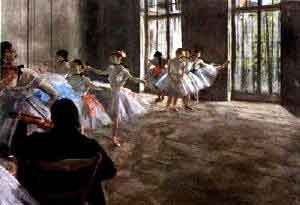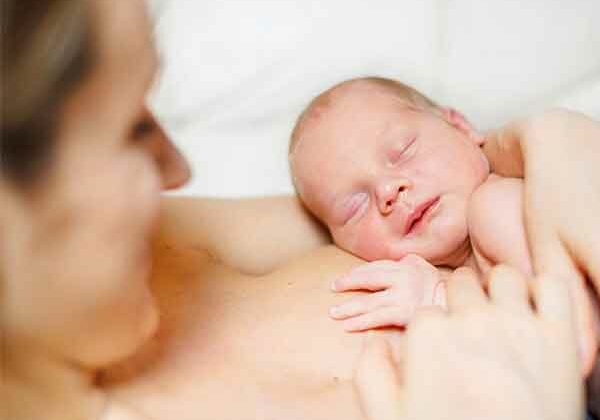Degas: analyst or physiologist ?

By: Francesco Carelli Professor Family Medicine University of Milan and Rome
The Royal Academy of Arts presented an exhibition focusing on Edgar Degas’s preoccupation with movement as an artist of the dance. Dance and the Ballet: Picturing Movement traces the development of the artist’s ballet imagery throughout his career, from the documentary mode of the early 1870s to the sensuous expressiveness of his final years. The exhibition is the first to present Degas’s progressive engagement with the figure in movement in the context of parallel advances in photography and early film; indeed, the artist was keenly aware of these technological developments and often directly involved with them.
We know how his ballet scenes were a pretext for depicting movement and closely he studied ballerinas and their surroundings with vivid realism.
Degas was an high frequenter at the Opèra and became acquainted with orchestral musicians, singers and members and members of corps-de-ballet. He also got access to backstage areas, studying dancers in the practice rooms where they exercised and perfected their steps. All this style of working and living resulted in superb drawings of the body at rest and in motion, made from observation and memory.
The Rehearsal is a picture that shows the contrast between activity and repose : one ballerina rushes down the spiral staircase, others rest in the foreground, an a group practise under the eye of the ballet master.
Much of Degas’ art was based on close looking, whether his subject was stationary or in motion. It was around around 1876 that he envisaged a series of drawings “ of a dancer’s arm movements, or of legs that didn’t move, turning around them oneself “, as he noted in a sketchbook. One outcome of these ideas was his celebrated sculpture the Little Dancer Aged Fourteen, which was made of wax and dressed in real clothes and a wig. This model posed for an extraordinary series of some twenty drawings, each of which corresponds to a different viewpoint. When these separate studies are rearranged around a central point, it becomes clear that Degas had effectively circled round his model. Contrary to his usual practice, here it was the ballerina who remained still while the artist himself became an observer in movement.
Degas seems to anticipate tomography , inviting us to scan the images from side to side and from foreground into depth. The ballerinas remain stationary, but his scanning movement brings the viewer to get iown distinctive animation to each scene.
I think and some critics think that his approach to the body resembled that of an “analyst” or a “physiologist” concerned with the exterior of the human animal.
Because the dancers were obviously in continuous movement, Degas was obliged to draw very rapidly and to wait for them to repeat the action to complete his study. The results were spectacular with figures who seem to be suspended in the space.
In 1895, Degas bought his first camera and became an instant enthusiast and soon challenged his equipment and skills and developed for portraitures. Several of his self-portraits are really intimate, emphasising the solitude of his later life and his increasingly melancholy disposition.
Also when drawings from his photographs he contributed to the dynamism. Certain poses – a dancer’s arm raised towards the scenery, a ballerina seen from behind adjusting her costume – clearly originated in his own photographs.
Last years, Degas got with poor health and diminished eyesight, and, parallel , his models seem to have aged and come to term with their mortality, occupying a shadowy poetic space.



